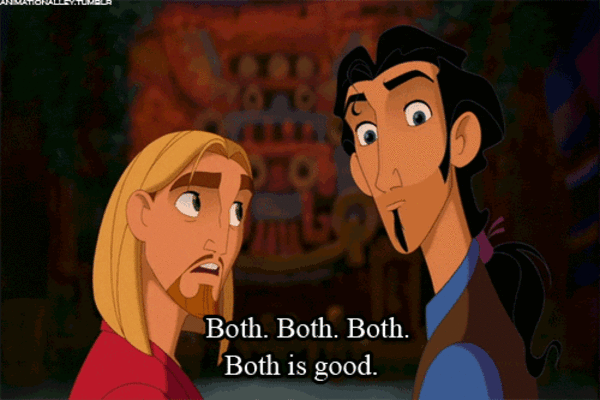Today: Both Is Good!
Universal Design and Individual Tailoring: Why We Need Both
People often frame accessibility as a choice: do we build universally, or do we tailor individually?
The reality is—of course—we need both.
Universal Design: dignity, efficiency, and reduced labour of inclusion.
Universal Design (UD) is often sold as a magic solution that will “catch everyone.”
It won’t. It never will. And that’s fine, because UD isn’t about perfection—it’s about coverage.
When we design materials, systems, spaces, and processes so they work for as many people as possible, several good things happen:
-
Fewer people have to declare their disability, which protects dignity and reduces the emotional admin of constantly explaining your needs, it reduces Labour of Inclusion.
-
Time and money are freed up to support the people who do require tailored adjustments.
-
Workload becomes manageable, because you’re not reinventing the wheel for every individual request.
A simple teaching example:
I have 120 students in a lecture.
Out of them:
-
10 are dyslexic
-
1 has visual issues (I don’t use impairment anymore, the Blind community feels strongly about this!)
-
1 needs large print
If I make inaccessible slides (e.g., Times New Roman, poor contrast, cluttered layout), I now have to respond to 12 individual adjustment schedules and produce multiple versions.
That is not a good use of my labour or institutional resources.
If I instead make one fully accessible slide deck from the start—clear font, high contrast, good structure—
I immediately meet the needs of 11 students.
Now there is only one student who requires a tailored version, and I actually have time and energy to give them what they need.
UD actually is a resource management tool.
Universal Design is not universal
There’s a myth that UD, if done well enough, will cover everybody.
It won’t. Human variation is vast and always will be.
UD doesn’t replace individual adjustments.
UD creates capacity for individual adjustments.
Think of it like triage in reverse: cover the majority up front, so you can do justice to the minority who require something different.
That is what real equity looks like.
Why both approaches matter
UD preserves dignity by removing the need for constant declarations.
Tailoring preserves equity by responding meaningfully to those whom UD cannot help.
Both matter.
And both are required.
But we also need systems to support this balance—for example:
-
Digital adjustment records that follow a person across departments or institutions
-
Reduction of repetitive disclosure
-
Consistent accessible design standards
The point is simple:
Universal Design is not a replacement for individual adjustment.
It is the foundation that makes genuine equity possible—by freeing up resources to respond well, respectfully, and promptly to those whose needs fall outside the majority design.
Dual approaches aren’t a compromise.
They’re the only way forward.
(2000 Dreamworks animated movie The Road To El Dorado)




Leave a Reply